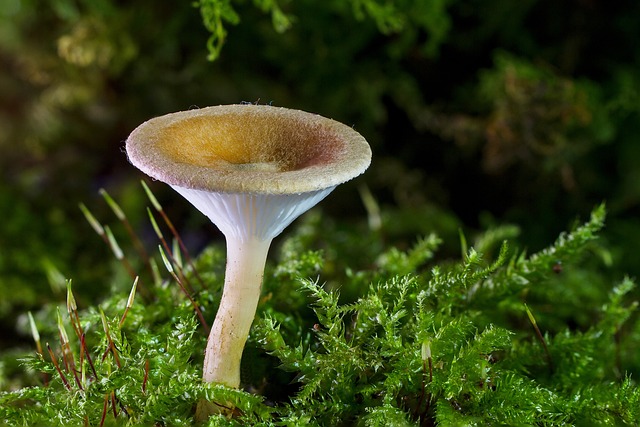Probiotics 101: Understanding the Different Strains and Their Health Benefits
Probiotics have gained considerable attention in recent years for their potential health benefits. These live microorganisms,
when consumed in adequate amounts, can provide numerous advantages to the human body. However, not all probiotics are
created equal. Different strains of probiotics offer unique health benefits, and it’s important to understand the
variations to make an informed choice about which strain can benefit you the most. In this article, we will delve into
the world of probiotics, exploring the different strains and their specific health benefits.
1. Lactobacillus Acidophilus
Lactobacillus acidophilus is one of the most common and well-known strains of probiotics. It is naturally found in the
human gut and assists in maintaining a healthy digestive system. L. acidophilus helps in the breakdown of lactose,
enhances nutrient absorption, and promotes overall gut health. Studies have also suggested its potential in reducing the
severity of diarrhea, improving symptoms of irritable bowel syndrome (IBS), and enhancing the immune system.
2. Bifidobacterium bifidum
Bifidobacterium bifidum is another widely studied probiotic strain. It is predominantly found in the intestines, promoting
healthy digestion and supporting the immune system. B. bifidum plays a crucial role in breaking down complex carbohydrates,
synthesizing essential vitamins, and preventing the growth of harmful bacteria in the gut. This strain has also shown
potential in alleviating symptoms of inflammatory bowel diseases such as ulcerative colitis and Crohn’s disease.
3. Streptococcus thermophilus
Streptococcus thermophilus is primarily known for its contribution to the fermentation process in yogurt production.
However, it also offers several health benefits. This probiotic strain aids in the digestion of lactose, making it
beneficial for individuals with lactose intolerance. Additionally, S. thermophilus has been studied for its potential in
reducing the severity of respiratory infections, such as the common cold.
4. Saccharomyces boulardii
Saccharomyces boulardii is a yeast probiotic with various therapeutic properties. Unlike bacterial probiotics,
S. boulardii is resistant to antibiotics and can be taken simultaneously. It helps in maintaining a healthy balance of
intestinal microflora, reducing the risk of antibiotic-associated diarrhea. This strain has also shown promise in
preventing and treating various gastrointestinal infections, including Clostridium difficile-associated diarrhea.
5. Lactobacillus rhamnosus
Lactobacillus rhamnosus is a probiotic strain often used to support digestive health. It can modulate the immune system,
improving resistance against pathogens and reducing the risk of respiratory and gastrointestinal infections. Research
suggests that L. rhamnosus may also play a role in weight management and reducing the symptoms of allergies, such as
eczema.
6. Enterococcus faecium
Enterococcus faecium is a probiotic strain commonly found in the intestines of animals. It is known for its ability to
promote gut health and support the immune system. E. faecium has shown potential in reducing the risk of diarrhea and
aiding in the management of inflammatory bowel diseases.
Choosing the Right Probiotic Strain
When selecting a probiotic supplement, it’s essential to consider your specific health needs. Different strains of
probiotics offer unique benefits, so choosing the right strain can make a significant difference in achieving desired
results. Consulting with a healthcare professional or a registered dietitian can help you determine which probiotic
strain is most suitable for your individual needs and health goals.
Remember to read product labels carefully, paying attention to the specific strain(s) included in the supplement and the
recommended dosage. It’s also crucial to store probiotics properly according to the manufacturer’s instructions to
maintain their live cultures and potency.







